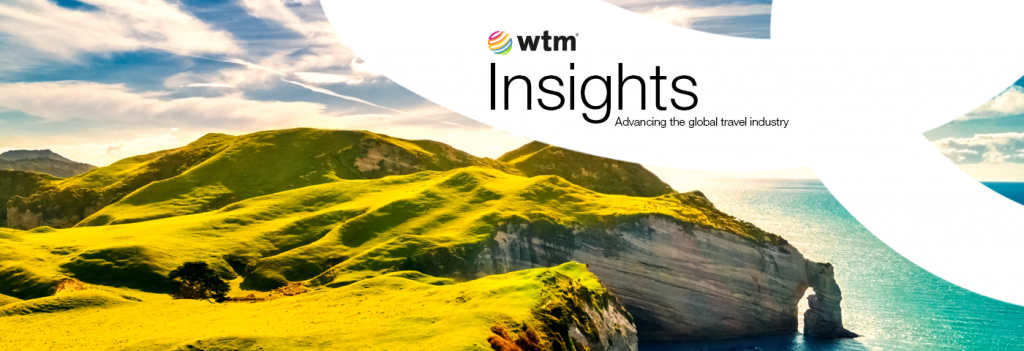Whatever the final outcome of the difficult negotiations between the UK and EU over Brexit, Ireland has had to re-assess its international marketing and try to address its over-dependence on tourism from across the Irish Sea. The Brexit strategy of Tourism Ireland could be summed up in one word – diversify.
That could be easier said than done, bearing in mind the proximity of the two countries, the many cultural and ethnic links between them, and the fact that London-Dublin is the busiest air route in Europe. The consequences of any disruption to air travel due to Brexit, or any increase in prices due to a further fall in sterling against the euro, would be felt more keenly in Ireland than anywhere else.
Tourism Ireland markets the whole island of Ireland – the Republic, which celebrates the centenary of independence from Britain in 2022 – and Northern Ireland, which remains part of the UK and outside the eurozone. The all-Ireland approach was part of the peace dividend that followed the Good Friday Agreement of 1998, which effectively brought an end to sectarian conflict between Catholics and Protestants in Northern Ireland.
The EU’s push to avoid a “hard” border between the Republic and Northern Ireland has proved the most difficult aspect of Brexit negotiations, as this would not only be bad for tourism and trade but potentially re-ignite the violence. But whatever happens, the “Common Travel Area” will remain, meaning no passports are required to travel between the UK and the Irish Republic.
Mitigation tactics
Niall Gibbons, Tourism Ireland chief executive, says: “Our message is very much ‘business as usual’. Britain continues to be a very important market for tourism to the island of Ireland, delivering 44% of all overseas visitors and around 25% of all overseas tourism revenue.
“Tourism Ireland believes that the adverse impact of Brexit can be mitigated through a combination of aggressive marketing and the continuation of existing successful wider policy initiatives. A key element of our Corporate Plan 2017-2019 is market diversification, focusing investment on the basis of market potential and continuing to maximise holiday revenue through investment in key source markets.”
The main areas of concern are the weakness of sterling, pushing up holiday costs for British visitors, and any disruption to air travel. France, Germany and the US are identified as key targets, plus emerging markets including the Middle East, India and China.
Market research provider Euromonitor International estimates the difference between a “hard” Brexit and a “soft” Brexit for Irish tourism is as much as $120 million, with a favourable outcome increasing receipts from British visitors by about 4.5%, with a similar decrease if no deal is reached.
Wouter Geerts, Euromonitor research consultant, says: “A potential ‘hard border’ if the UK leaves the EU with no agreement surrounding Northern Ireland may have a negative impact on the perception of how easy it is to cross seamlessly between the two countries. It is likely to hamper visits to Northern Ireland from visitors who have the Republic of Ireland as their primary destination.
“Ireland will need to find ways of maintaining reasonable levels of UK visitation and receipts, by investing in marketing and finding ways for UK travellers to find value for money.”
He adds that efforts to change visitor demographics are already apparent.
“There is a shift to seeking higher-spending visitors that spend longer in the destination, so volume is no longer such a major concern. Since 2011 the authorities have recognised Ireland’s dependence on the UK as a source market and put in place a strategy to diversify.”
However, he warns of the impact of any impasse in the negotiations.
“With the depreciation of the pound expected in the case of a no-deal Brexit, the impact on UK arrivals to Ireland would be strongly felt.”
